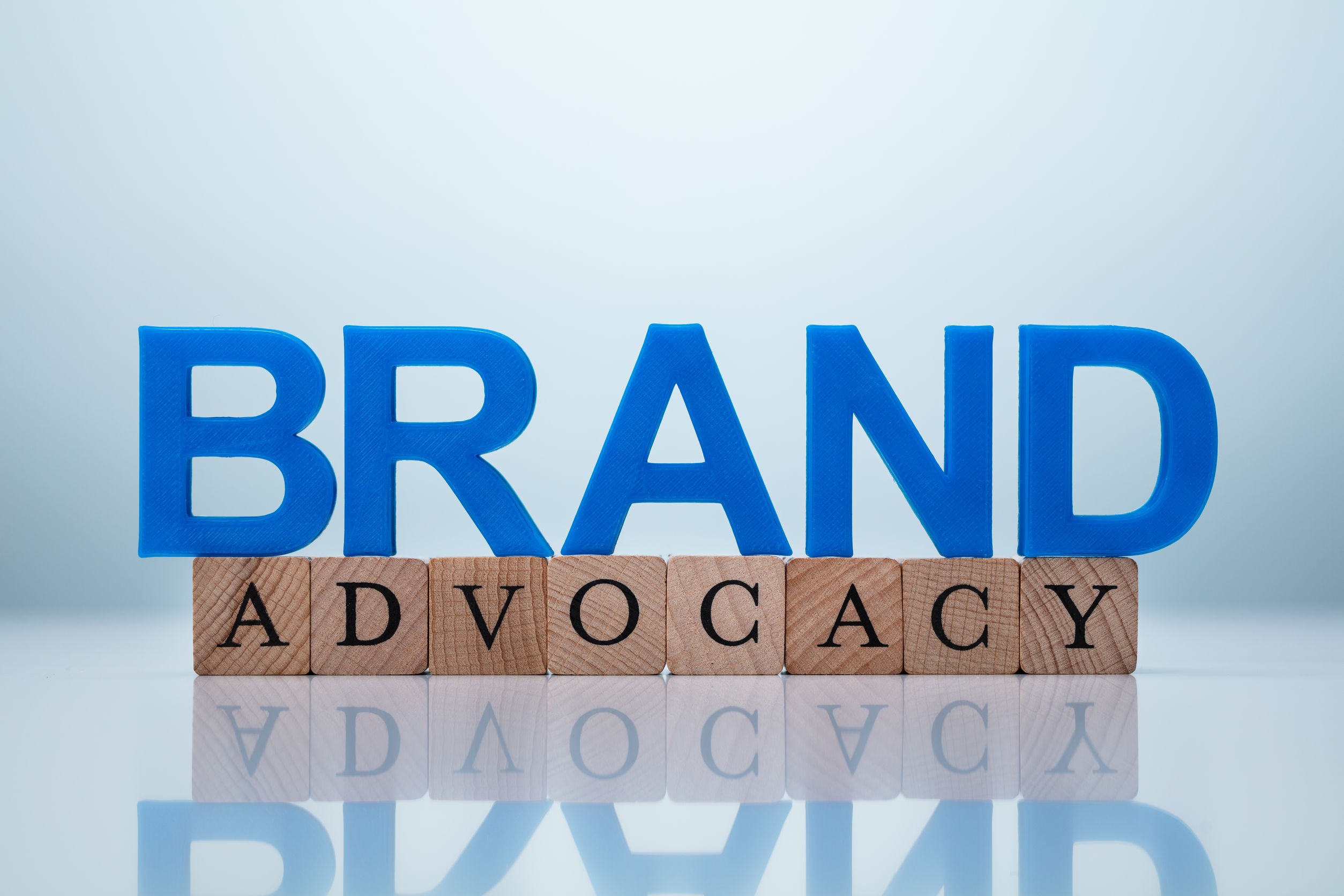3 marketing trends that will define 2021
After speaking to over 200 brand leaders, on industry insider offers his view on what will be the trends to watch for the year ahead.

Editor’s note: This article is a re-run as part of our countdown of top stories from the past year.
Marketers largely started last year from a place of strength with bigger budgets and confident growth strategies. Then 2020 caught even the most seasoned of marketing pros off guard.
As a result of the pandemic, advertising budgets have been slashed, sales have effectively fallen off a cliff and the fight for brand loyalty has only become more competitive.
Over the course of the pandemic, we spoke to over 200 brands from around the world about how they have adapted during the pandemic and what their marketing strategies will look like for the year ahead. And it is safe to say they are looking very different. The COVID-19 pandemic has certainly forced businesses to get creative, to think differently and has accelerated the need for brands to build a community of loyal fans who can drive organic word-of-mouth growth for them, without the need for expensive advertising strategies.
Let’s take a closer look at the major trends we can expect marketers to be on the lookout for this year:
1. Less advertising, more brand building
For online brands, digital advertising and performance marketing have dominated marketing strategies worldwide. And that’s largely because campaigns can be segmented, optimized and measured, making them easy to justify in budgets. But as advertising spend dropped dramatically at the beginning of the lockdown, it exposed some fundamental flaws in the system.
Competition has been on the rise for clicks and impressions for the last few years which has led to skyrocketing customer acquisition costs and diminishing returns. Brands are just not seeing the same results for their investment any more.
Today’s millennial and Gen Z consumers are also much more skeptical than their predecessors and are losing trust in many standard marketing practices including paid advertising and influencer promotions. Instead, today’s consumers are looking for more meaning and purpose from the brands they buy from—something that has only been accelerated by the global economic, social and health crisis that has stemmed from the pandemic.
Now more than ever, trust and authenticity have overtaken the need for low prices and convenience. This means long-term brand and reputation building will become more important than expensive advertising strategies and rent-a-post influencers when it comes to driving authentic word-of-mouth growth this year and beyond.
2. The rise of “brand advocacy”
With reduced budgets and a need to build a loyal network of fans, the COVID-19 crisis has certainly accelerated the rise of “brand advocacy.”
Brand advocacy is when a customer supports or recommends a brand they love. While brand advocates have always existed under different guises (superfans, ambassadors, enthusiasts, evangelists and so on), the concept of developing a strategy that nurtures relationships with every advocate at scale and celebrates their advocacy in order to drive company growth is a new one. And it will be those companies who can really get this right that will succeed this year.
Lululemon is a great example of this. The billion-dollar athletic apparel company was built exclusively on brand advocacy principles. Its customers believe in the company’s vision, share in its purpose and are very quick to share stories, convince their friends and family to buy their products and argue in defense of the brand when required. Lululemon did this with zero advertising budget, instead trusting its customers and wider network of advocates to drive growth.
3. The creation of brand networks
The concept of brand advocacy goes well beyond the creation of strong customer networks alone. This year, we’ll see more and more brands focusing on and expanding their relationships with partners (employees, industry professionals, partnered vendors, collaborating brands, agencies and suppliers among others), not just customers, to fuel their brand building efforts and we will see a lot more collaborations as a result.
Supreme, the luxury streetwear brands, is a good example of a company that has leveraged its partner network to drive organic, word-of-mouth growth. Not only do they focus on rewarding loyal customers, but they have formed strong brand collaborations with names such as Gucci and Louis Vuitton to build their community and drive growth this way. We are set to see more brands follow suit this year.
There are still many uncertainties for brands to navigate as we emerge from 2020 and begin the new year, but it will be those who can focus their efforts on growing and nurturing a community of advocates (both customers and partners) who represent, promote and shout about them to their friends, family and wider networks that will succeed this year and beyond.
Paul Archer is the managing director and founder of Duel.






